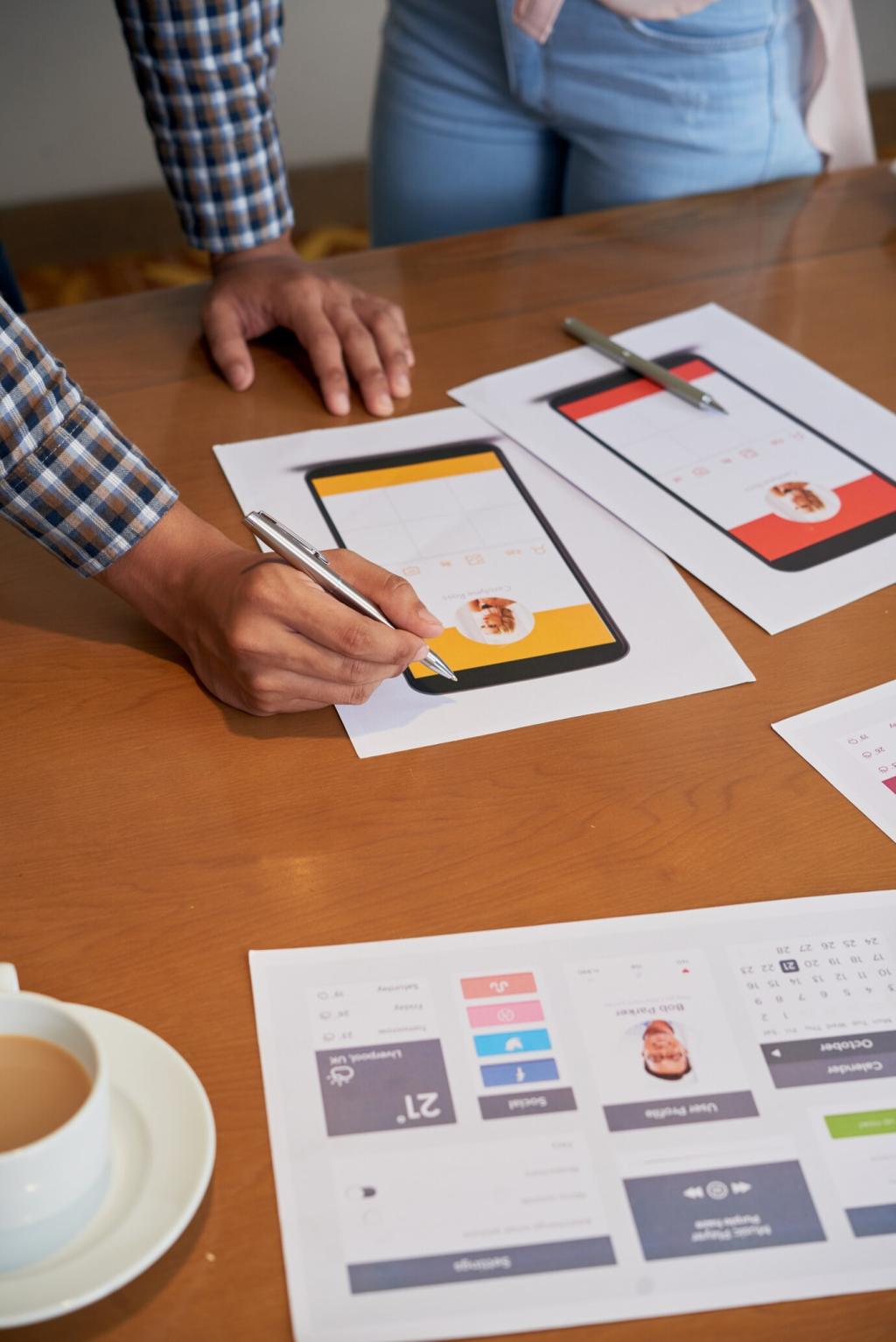Best Practices for Mobile App Onboarding
Chosen theme: Best Practices for Mobile App Onboarding. Welcome! This home page explores how to turn a first tap into lasting engagement with empathetic flows, clear value delivery, and measurable outcomes. Read on, comment with your wins and challenges, and subscribe for fresh, actionable onboarding insights.


Frictionless Sign‑Up and Smart Authentication
Support email, passwordless links, social sign‑in, and guest mode where feasible. Clearly note benefits of creating an account, like sync or backups. Remove nonessential fields up front. The fewer decisions in the first minute, the more likely users will continue.
Time Your Tooltips Thoughtfully
Trigger tips after intent signals, like hovering near a control, tapping an icon, or reaching a milestone. Keep them dismissible and brief, with one action per message. Overlapping tooltips cause fatigue; instead, pace them so learning feels natural and respectful.
Turn Empty States Into Teachers
When a screen has no data, show examples, templates, or a single button to create the first item. Use friendly language and a short animation to demonstrate the end state. Celebrate the first addition to reinforce that progress is simple and rewarding.
Favor Interactive Walkthroughs Over Static Tours
Let users perform real tasks instead of tapping through slides. Pair guidance with live data and undo options. If a step is high‑stakes, offer a sandbox mode. Invite readers to share walkthrough heuristics that improved activation without overwhelming newcomers.

Pre‑prompt with a human explanation, then use the native dialog. Show a preview of the value unlocked by access, like nearby recommendations or auto‑filled details. If declined, gracefully degrade while offering a simple path to change the decision later.

Use opt‑in toggles, visible data controls, and plain‑English policies. Summarize what is collected and why, in one concise sentence. Trust grows when users see respectful defaults and can easily adjust preferences without hunting through obscure settings screens.

Start with lightweight inputs: goals, interests, or experience level. Offer quick‑start templates that adapt to the user’s choice and show immediate benefit. Avoid interrogations; each answer should unlock something tangible. Ask readers which minimal questions improved retention most.
Motivation Loops and Early Wins
Pick one action that strongly predicts retention—sending a message, creating a project, or finishing a guided task. Optimize flows to reach that moment fast. Your activation metric should be specific, observable, and strongly tied to long‑term value for the user.
Motivation Loops and Early Wins
Use tasteful haptics, subtle confetti, or a warm message to reinforce progress. Keep celebration brief and purposeful, pointing to a meaningful next step. Overdoing delight erodes credibility; a single well‑timed acknowledgment can be remarkably motivating and memorable.


Measure, Test, and Iterate Continuously
Define stages like open, first action, account creation, activation, and day‑one return. Track drop‑offs between each stage and segment by source, device, and cohort. Clear instrumentation turns hunches into focused experiments that meaningfully improve user outcomes.
Measure, Test, and Iterate Continuously
Hypothesize, pre‑register success metrics, and run tests to significance. Guard against novelty effects and peeking. Pair experiments with qualitative checks to understand why users behave differently. Share cases where a surprising variant won and what insight you took forward.



Overlong Tours and Feature Dumps
Ten slides rarely create understanding. Users forget passive information quickly. Instead, reveal features when they are relevant, and let users practice. Keep any overview optional and skippable, respecting that momentum is precious during those first crucial minutes.
Gatekeeping Value Behind Walls
Requiring sign‑up before demonstrating utility increases abandonment. Offer a taste of core value in guest mode or via a quick sample. When account creation becomes obviously beneficial, users will accept it willingly because they have seen the payoff firsthand.
Confusing Copy and Vague CTAs
Ambiguous buttons and dense microcopy cause hesitation. Use verbs that describe outcomes, not internal actions. Replace “Continue” with “Create first list,” or “See my plan.” Clear language shortens decision time and reduces cognitive load during early, fragile moments.
Anecdotes from the Field
Fintech: Cutting Abandonment by 30%
A budgeting app moved account linking later, added a preview with mock insights, and clarified security in one sentence. With guest mode enabled, users tried core features first. Link completion rose, and early churn fell noticeably within two release cycles.


Wellness: Rethinking Permissions
A meditation app asked for notifications after the first successful session and offered a choice of calm reminder times. Opt‑in increased dramatically, and day‑two return improved. The team also added an obvious off switch, which paradoxically increased overall satisfaction.
